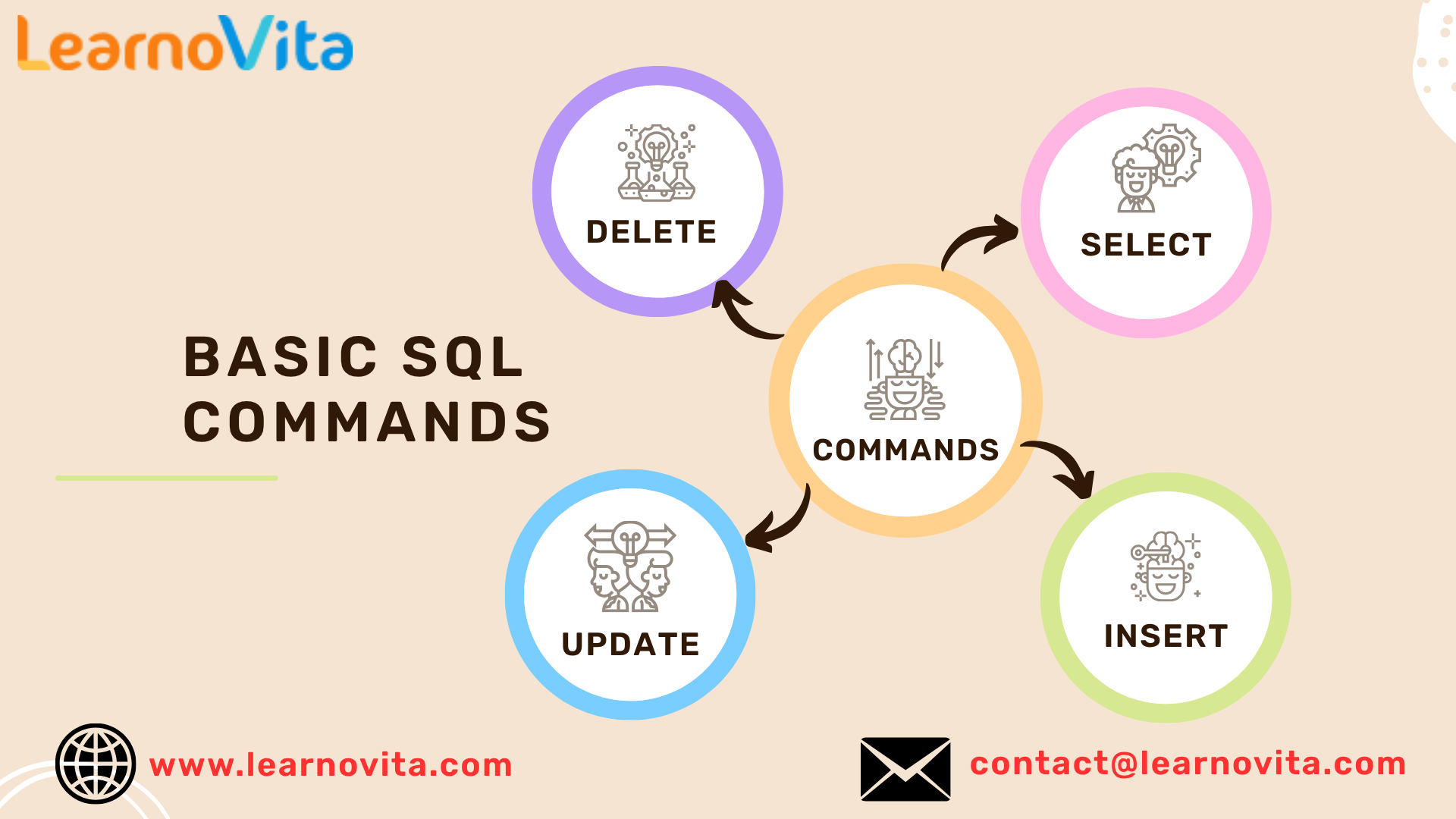SQL for Beginners: An Easy Introduction to Structured Query Language
If you’re just starting out with data or looking to understand how databases work, SQL is one of the first and most important tools you should learn. Short for Structured Query Language, SQL is used to interact with and manage data stored in relational databases. Whether you're handling business data, building an app, or working on a research project, SQL gives you the power to access and manipulate data efficiently. In this beginner guide, you’ll learn what SQL is, why it matters, and how you can begin using it effectively. Start your journey into data with our easy-to-follow SQL online course designed for complete beginners. 
What is SQL?
SQL is a language designed to work with relational databases. It allows you to retrieve, add, modify, or delete data stored in tables. SQL is supported by nearly all major database systems, including MySQL, PostgreSQL, SQL Server, and SQLite. One of SQL’s greatest strengths is its simplicity. It uses clear, logical commands that are easy to understand, even for those with no programming experience. This makes SQL an ideal starting point for anyone interested in working with data.
Why is SQL Worth Learning?
Learning SQL opens the door to a wide range of opportunities. Here’s why it’s such a valuable skill:
-
It’s everywhere: SQL is used in virtually every industry, from tech and finance to healthcare and education.
-
In-demand skill: Roles like data analyst, software developer, product manager, and digital marketer often require knowledge of SQL.
-
User-friendly: The syntax is straightforward and closer to natural language than most programming languages.
-
Universal application: Once you know SQL, you can apply it across different platforms and tools that use relational databases.
Core Concepts in SQL
Before you begin writing queries, it’s important to understand how data is structured in a database.
Databases and Tables
A database is a collection of related information. Within it, data is organized into tables, which contain rows and columns. Each row represents a record (like a customer), and each column stores a particular attribute (such as name or email). For example, a table called Customers may store customer names, email addresses, and IDs.
Essential SQL Commands
-
SELECT: Retrieves data from a table. Example: SELECT name, email FROM Customers;
-
INSERT: Adds new data into a table. Example: INSERT INTO Customers (name, email) VALUES ('James Hall', '[email protected]');
-
UPDATE: Edits existing data in a table. Example: UPDATE Customers SET email = '[email protected]' WHERE id = 1;
-
DELETE: Removes data from a table. Example: DELETE FROM Customers WHERE id = 1;
These are the basic operations you’ll use regularly when working with SQL. Kickstart your career with the Best Training & Placement Program designed to equip you with in-demand skills and guaranteed job support.

How to Start Practicing SQL
You can begin learning SQL without needing to install any software. Many online platforms offer interactive lessons that let you practice writing and running SQL queries:
-
SQLZoo: Offers interactive exercises and guided examples.
-
W3Schools: Provides a beginner-friendly SQL tutorial with built-in editors.
-
LeetCode: Contains SQL challenges often used in job interviews.
-
Mode Analytics: Teaches SQL through real-world data examples.
These tools are great for hands-on learning and building confidence with real SQL queries.
Closing Thoughts
SQL is a powerful yet easy-to-learn language that forms the foundation of data work across countless industries. Whether you're analyzing sales data, tracking user activity, or powering a web application, SQL gives you the tools to understand and control your data. With consistent practice and a solid grasp of the basics, you’ll be well on your way to using SQL effectively in real-world scenarios.
- Art
- Causes
- Crafts
- Dance
- Drinks
- Film
- Fitness
- Food
- Игры
- Gardening
- Health
- Главная
- Literature
- Music
- Networking
- Другое
- Party
- Religion
- Shopping
- Sports
- Theater
- Wellness



